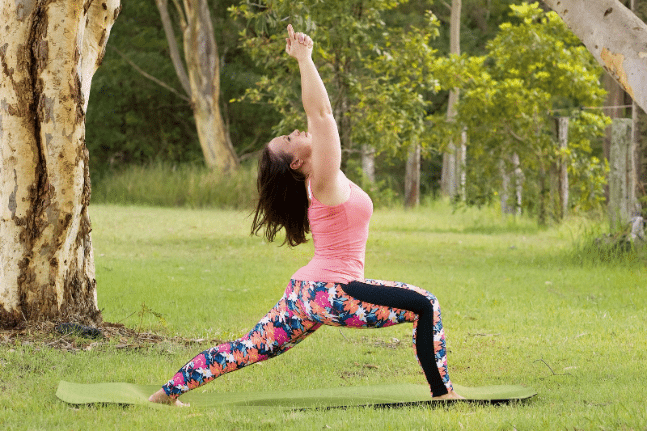Table of Contents

Yoga is the perfect way to calm and strengthen our mind and body – but we might be doing the wrong types of yoga, or positions, that don’t suit our particular bodies or constitutions.
I just ran a retreat where we did yoga every day and the participants had never done yoga before. Each of them is convinced that the positive changes they have experienced in their mind, body, and organs are permanent.
Each person possesses three dominant types of body, known as vata, pitta, and kapha, according to Ayurveda, a philosophy developed some 5000 years ago by the sages of India. Considering this, it makes sense that different types of yoga Practice Suit are best suited to different types of bodies.
Yoga poses should be tailored to your unique mind-body constitution, or dosha, so that you can achieve the maximum benefit from your practice.
Here’s a guide if you don’t know what your body type is yet.
Vastu
Yoga with yin and stretching calms a vata body type down, which is prone to anxiety. As a result, you’ll benefit from incorporating warmth, stability, and grounding movements into your practice as these will nourish your system and allow you to achieve a sense of serenity.
When you are imbalanced you want to do everything fast, but for your body to benefit from this yoga, you must slow down.
These poses ground and strengthen the body, such as Vrksasana (tree pose), Tadasana (mountain pose), and Virabhadrasana I and 2 (Warrior One and Two poses).
A fast-paced Vinyasa or flow sequence, on the other hand, may aggravate vata, causing anxiety, overexertion, and fatigue. You can still do these, just slow them down and hold each position before moving on to the next one.
Keeping your inhalation and your body warm, as well as relaxing for at least 15 minutes after your practice, will also significantly benefit you.
Ita
Yoga practice is not the place for ultra-competitive Pitta types. Competition is not necessary, nor should you compare yourself to others. It is about what is right for you on that particular day.
Bikram or hot yoga won’t be beneficial for pittas as they tend to sweat excessively. Try to opt for poses that cool and relax the body, such as Kapotasana (pigeon), Ustrasana (camel), Matsyasana (fish), Setu Bandha Sarvangasana (bridge), and Vrksasana (tree) and Ardha Chandrasana (half moon). Make sure to schedule your practice during a cooler time of day.
It is very helpful to mix up your practice, mix up your poses, focus largely on exhalation, practice plenty of twists and side openings, and have fun!
Khapa
Yoga sessions that are invigorating and make you sweat are best for kapha body types, which have lots of stamina and strength. Try to balance your body’s tendency toward lethargy, excess weight, coldness, and sluggishness by challenging yourself.
You will benefit from backbends – they open the chest and circulate prana (life force). Warm up by moving quickly through the flow sequences; also hold positions for a longer time – up to 20 breaths per position.
A vigorous pace and intensity, doing it in a warm room, and being precise in your poses will all help you make the most of your yoga practice.
Yoga is now Australia’s fastest-growing sport or fitness activity, its popularity doubling in the past decade. According to Roy Morgan research, one in 10 Australians now practices yoga, up from one in 20 in 2008 when aerobics was the craze.
In addition to these spiritual elements, yoga has been studied extensively over the past two decades for its health benefits. There is evidence that it reduces fatigue, improves mental outlook, reduces inflammation, and regulates stress hormones like cortisol.
As Ayurveda and yoga are sister sciences, they complement each other very well. A good place to start is to find out where you are on the health spectrum.

More Stories
The Second Skin Advantage: How Compression Tops Help Boost Your Strength Training Performance
Fashion Icons You Need to Follow for Inspiration
Merino Wool Tops from Dive Bomb: Breathability Meets Insulation